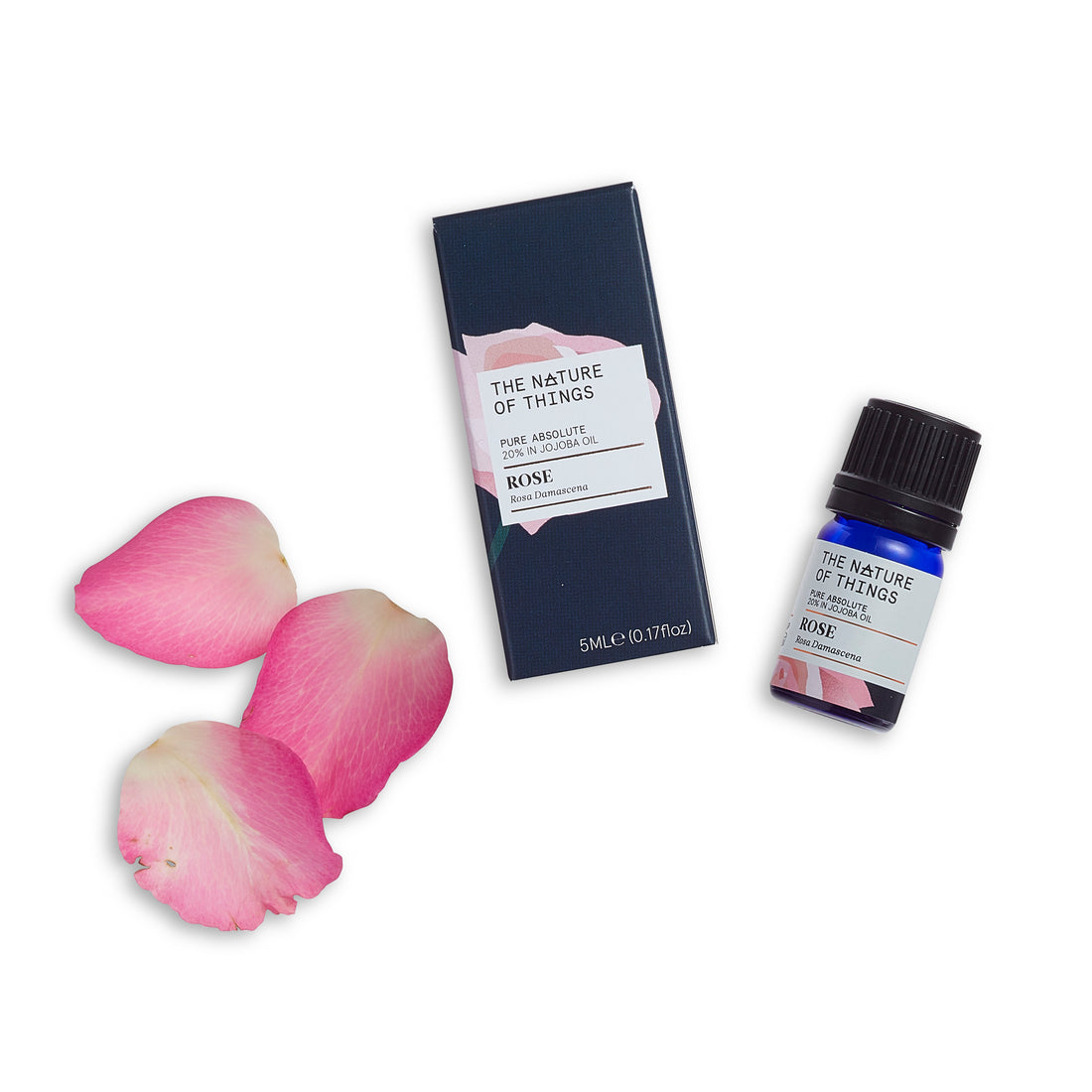Hailed as the queen of flowers, there exist hundreds of species of roses that are grown by passionate gardeners for their beauty or cultivated for the cut flowers markets and offered as a symbol of love. But mainly only two specie are used in fragrance and aromatherapy:
- Rosa damascena also called Rose of Damask or Rose Otto. It's grown mainly today in Bulgaria, Turkey, Iran and Morocco.
- Rosa centifolia also called Rose de Mai which is grown in the south of France and Morocco.
Both are old hybrids with still a somehow mysterious and debated origin. The Rosa damascena represents more than 95% of the production today and we chose the Turkish origin, for its distinct spicy green fruity notes on top of a beautiful rose flower effect. The growing region in Turkey is in the Isparta region, about 3 hours drive north of the coastal city of Antalya.
Harvest
The rose farms in the region are usually small in sizes and family owned. The harvest season takes place typically between the end of May and mid to the end of June. Pickers will go through the fields in the very early hours of the morning and pick each flower by hand, when the flowers is still small and only starting to open. Because this is the stage in their development where they concentrate most of their aromatic oil.
The bags of fresh flowers are collected each day by collectors who are bringing them to the distilleries in the region. They need to be distilled right away or the petals will ferment and start losing their delicate scent.
Three prized aromatic extracts are made from these rose petals:
- Rose oil (also called Rose otto): it takes 3000 to 4000Kg of rose petals to produce 1Kg of Rose Oil, making it one of the most expensive essential oils.
- Rose water, a by-product of the distillation that is used as a cosmetic ingredient and is a well known skin toner. Rose Water is also used in the region to make various baking specialties, jams and candies.
- Rose absolute : an extraction of rose petals in two steps that captures a broader range of aromatic compounds. It takes 800Kg of rose petals to produce 1Kg of rose absolute.
Uses and benefits
Although rose petals and rose water had been used since antiquity for beauty rituals, it' not until the late 19th century that rose oil and later absolute started to be used widely in perfumery.
Used widely also as a flavour for pastries, candies or jams, rose has also grown in popularity is cosmetics and aromatherapy for it's skin toning and regenerating properties.

